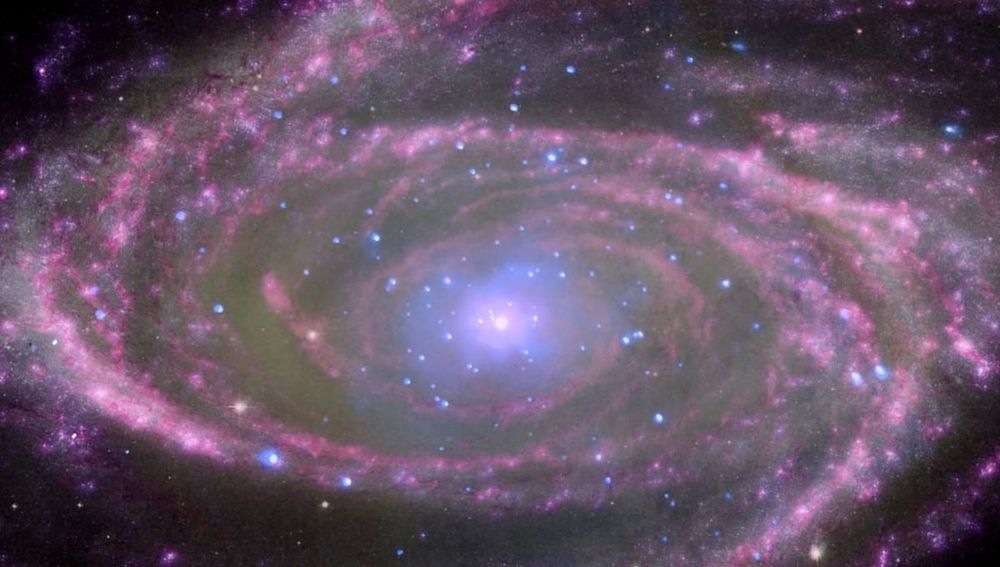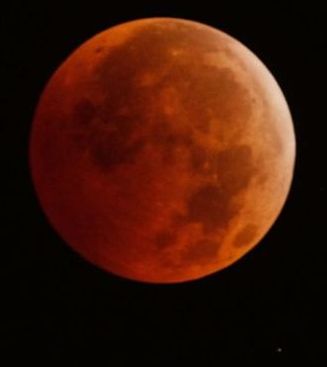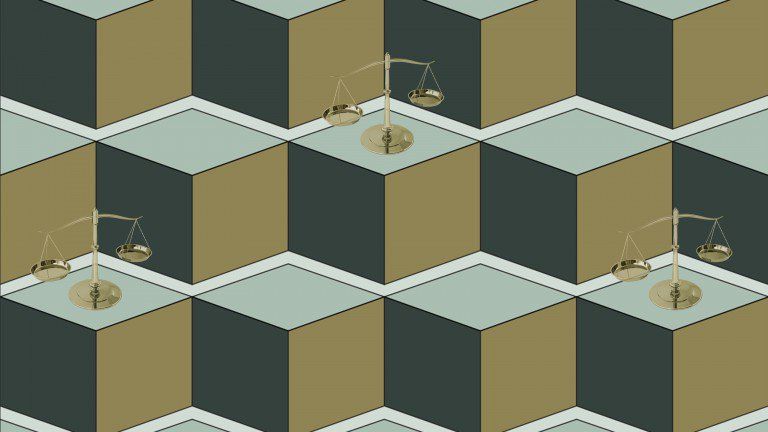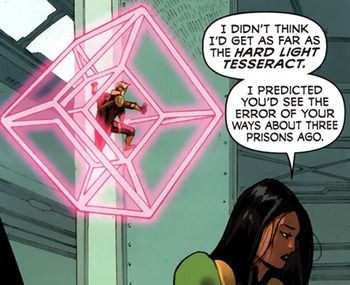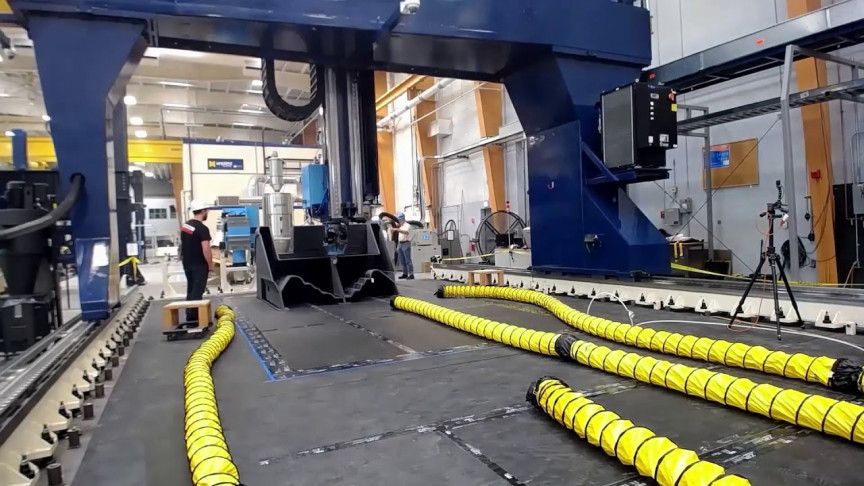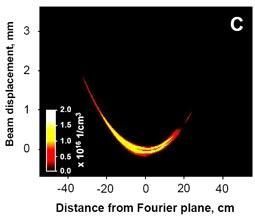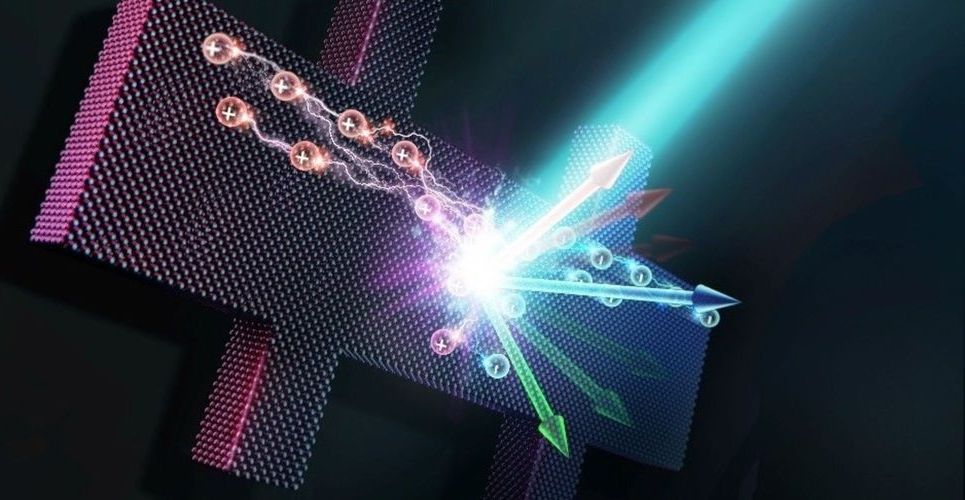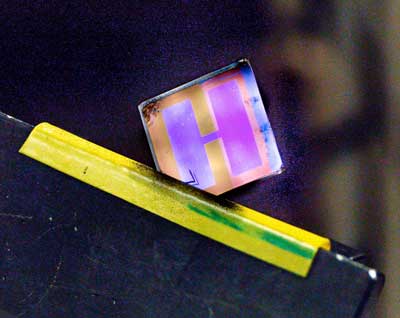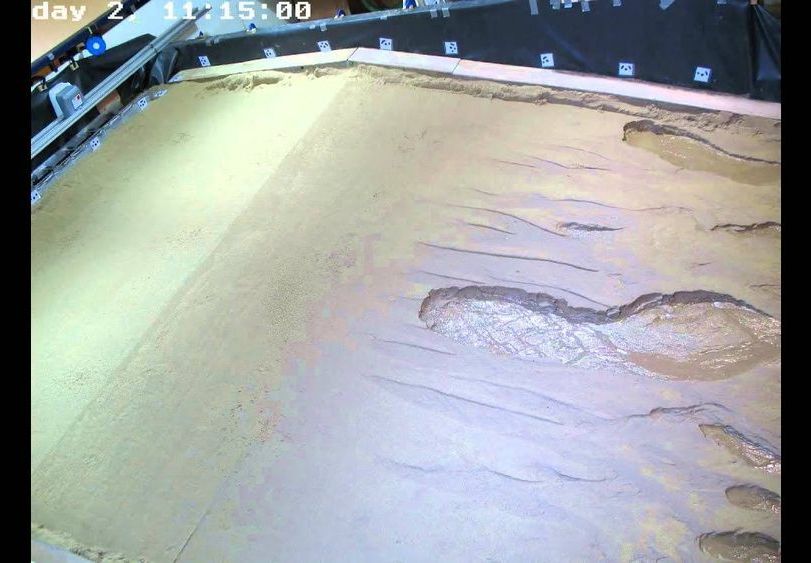Oct 13, 2019
Black holes might not crush you after all—they could be even weirder than that
Posted by Genevieve Klien in categories: cosmology, singularity
Just when you thought one of the most bizarre things in space was something that eats massive amounts of light and energy and would probably shred you with its gravitational forces, what if it was something even harder to imagine?
Black holes are supposed to have a singularity—a point that is so small and dense we can’t even fathom it—in the middle of all that swirling light and gas. But what if at least some cosmic phenomena that look like black holes are actually cosmic objects full of dark energy? That is what astrophysicists Kevin Croker and Joel Weiner of the University of Hawai’i at Manoa recently published in a study in The Astrophysical Journal that tries to prove these hypothetical Generic Objects of Dark Energy (GEODEs) exist.
